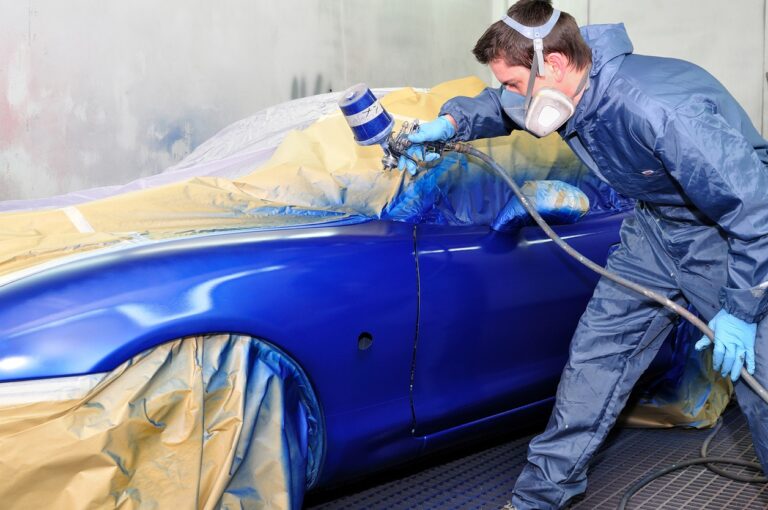The transformative power of car spray paint has revolutionised the way we think about vehicle aesthetics, making it possible for anyone to give their beloved automobile a stunning makeover. Like the subtle shift in perception that occurs when we understand a tipping point, the democratisation of car painting has changed the automotive landscape forever.
Understanding the Psychology Behind Car Colours
There’s something fascinating about the way colour affects our perception of automobiles. Studies from the Land Transport Authority of Singapore reveal that white remains the most popular car colour, accounting for 37% of registered vehicles. But what’s particularly interesting is how this preference emerged from a complex interplay of practical considerations and psychological factors.
The Science of Modern Automotive Paint
The evolution of automotive paint technology mirrors the story of penicillin’s discovery – a combination of scientific breakthrough and serendipity. Modern car spray paints incorporate:
- Urethane-based formulations that create a molecular bond with the car’s surface, providing unprecedented durability even in Singapore’s harsh tropical climate
- Advanced UV-resistant polymers that maintain colour brilliance for up to 5 years longer than traditional paints
- Nano-ceramic particles that offer superior scratch resistance and self-healing properties when exposed to sunlight
The Economic Implications of DIY vs Professional Services
According to recent market research in Singapore, professional car painting services can cost between SGD 3,000 to SGD 8,000. This economic reality has created what I call the “Paint Paradox” – the tension between desire for professional results and budget constraints.
Mastering the Art of Application
The process of applying car spray paint is remarkably similar to Malcolm Gladwell’s 10,000-hour rule – it’s not just about the time invested, but the quality of practice. The key elements include:
- Surface preparation, which accounts for 70% of the final result
- Understanding optimal spraying distances (typically 20-25 centimetres)
- Mastering the art of consistent overlap patterns
- Applying multiple thin coats rather than fewer thick ones
Environmental Considerations and Regulatory Framework
Singapore’s National Environment Agency has established strict guidelines for automotive painting activities. These regulations reflect a broader understanding of environmental impact, similar to the way we’ve come to understand the butterfly effect in complex systems.
Common Pitfalls and How to Avoid Them
The most intriguing aspect of car spray painting lies in what I call the “Craftsman’s Curse” – the tendency for enthusiasts to overlook crucial details in their excitement to see the final result. Statistics from Singapore’s automotive industry show that 65% of DIY paint jobs require some form of professional correction within the first year.
The Future of Automotive Finishing
As we look towards the future, we’re witnessing what I call the “Paint Revolution 2.0.” Smart paints that can change colour on demand, self-healing finishes, and environmentally-friendly water-based formulations are no longer science fiction. Singapore’s automotive finishing industry has seen a 23% increase in adoption of these innovative technologies over the past year.
Conclusion
The journey of transforming a vehicle’s appearance through paint is much like the story of David and Goliath – it’s about understanding that with the right tools and knowledge, seemingly insurmountable challenges become manageable. Whether you’re considering a complete colour change or simply touching up minor imperfections, the key lies in understanding the interplay between preparation, technique, and materials. For those seeking professional assistance, there are numerous reputable providers of spray painting Singapore services that can help achieve your desired results.


